Pineapple
As you’re probably aware pineapple is a tropical fruit, with sweet and juicy pungent flesh. It’s this sweet pungency that’s reflected in some wine aromas, though no actual pineapple is present. There is such a thing as wine made from pineapples instead of grapes, but we won’t get into that here.
As a tasting note, pineapple is aligned with other sweet-smelling exotic fruits like melon, banana, guava, mango and passionfruit. Its flavour profile is sweeter than the citrus fruits, but it has a freshness that distinguishes it from stone fruits, such as apricots and peaches.
You can find pineapple notes ripe white wines, such as a Riesling like Tongue in Groove Waipara Valley, New Zealand 2013. Or you might find it in more traditional late-harvest examples, especially from cool regions like Mosel in Germany. It’s generally ascribed to the influences of Botrytis Cinerea, or Noble Rot.
As a thin-skinned grape, Riesling is particularly susceptible to Noble Rot — a fungus that pierces the skin of grapes and lowers the water content, whilst maintaining sugar levels. Botrytis is able to invoke fruity notes because of chemical compounds like fureanol, which is also found in very ripe pineapples. Look for its pineapple influence in sweet wines from Sauternes too, such as Château Suduiraut 2013.
Some oaky and ripe New World Chardonnays may also exude aromas of pineapple, as they tend to have a more exotic fruit profile, along with hints of sweet spices and a higher alcohol content. Typical examples are Californian Chardonnays, such as Fess Parker, Ashley’s Chardonnay, Santa Barbara 2014 and Y Rousseau, Milady Chardonnay, Napa Valley 2012.
Coconut
First things first, it’s important not to confuse the flavour profile of coconuts with nuts. Coconuts are not nuts, they are drupes (stone fruits). Their distinctive flavour and aroma is distinct from either fruits or nuts, and can be found in products like coconut milk or oil, as well as the desiccated coconut you might have eaten in a Bounty bar.
In wine, coconut generally manifests itself on the nose as a kind of dulled sweetness, which doesn’t pique the senses in the same way as sweet fruit or honey flavours. Instead it is more heavily aromatic, which is why it’s categorised among the ‘kernals’ such as almond, coffee and chocolate.
Notes of coconut can come from esters, which are the chemical compounds behind many aromas. Specifically lactones, which are responsible for the peculiar sweet aromas associated with coconuts. Beverley Blanning MW goes one step further in her exploration of oak aromas: ‘beta-methyl-gamma-octa-lactone – that’s coconut aroma to you and me’.
Coconut is one of the key aromas that distinguishes oaked wines, and it’s usually counted as a tertiary aroma because it’s related to the ageing process. Oak flavours can come from contact with wood chips, staves or barrels. Coconut is strongly evoked by American oak, along with vanilla notes.
Wines with coconut notes can include oaky red Riojas with some years behind them, like La Rioja Alta, 904 Gran Reserva 2007 and Bodegas Muriel, Reserva 2008. As well as big Cabernet-dominated Australian reds like Wolf Blass’ Black Label wines, aged for many months in American Oak.
Honeysuckle
As a tasting note, honeysuckle is an aroma often ascribed to sweet white wines from the Sauternes and Barsac appellations in Bordeaux. This is because honeysuckle flowers exude intense honey-floral aromas associated with these wines.
They are produced using the onset of noble rot (botrytis cinerea) — a fungus that pierces the grape’s skin and accelerates the evaporation of water, drying out the berries whilst maintaining sugar levels. Noble rot can give wines a distinctively nuanced sweetness, with aromas ranging from rich butterscotch to the heady honey-floral notes of honeysuckle. See Chateau Lafaurie-Peyraguey 2012orChâteau Climens 2012.
Aside from sweet wines, it’s also a typical expression of oaked Chardonnay from the Côte de Beaune appellation in Burgundy. Here, it can be found alongside other nutty and floral notes, such as Louis Latour, Meursault 1998, Or amongst the complex candied aromas of Pierre-Yves Colin-Morey, Puligny-Montrachet 2015,from our Top-scoring Burgundy whites 2015.
Minty
Mint, or menthol aromas can be common in varieties such as Cabernet Sauvignon grown in cooler climates like Bordeaux, Chile and Coonawarra in South Australia, but can also be found in other varieties such as Aragonez and Alicante Bouschet.
A mint aroma differs from a eucalypt note, which normally comes from contamination by nearby eucalypt trees. It has recently been discovered that mintiness in wine is caused by the compound piperitone, which is also found naturally in mint plants.
Translated by ICY
All rights reserved by Future plc. No part of this publication may be reproduced, distributed or transmitted in any form or by any means without the prior written permission of Decanter.
Only Official Media Partners (see About us) of DecanterChina.com may republish part of the content from the site without prior permission under strict Terms & Conditions. Contact china@decanter.com to learn about how to become an Official Media Partner of DecanterChina.com.

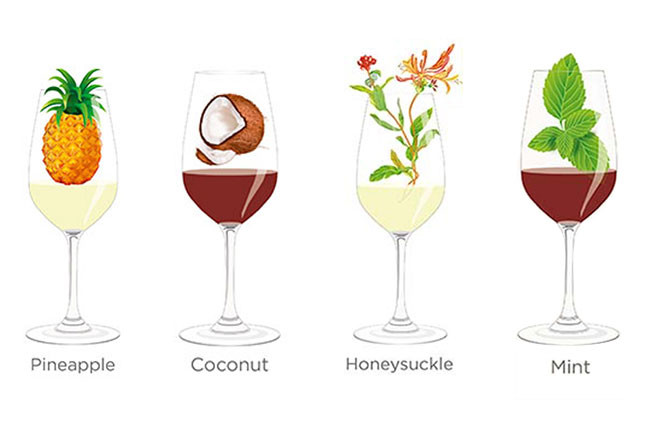
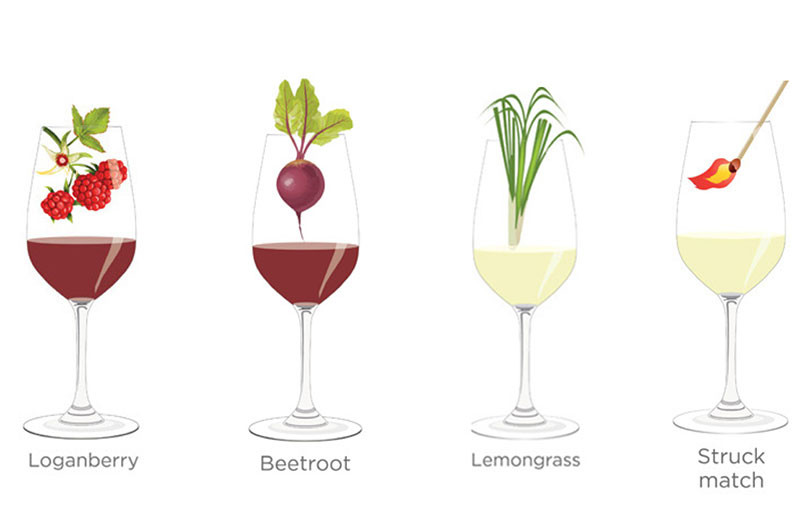


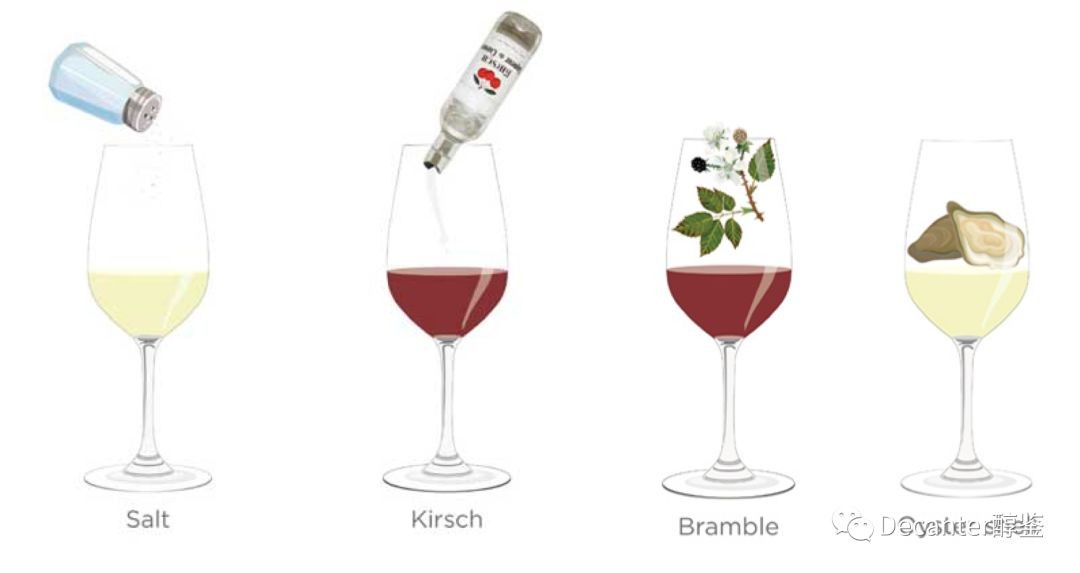
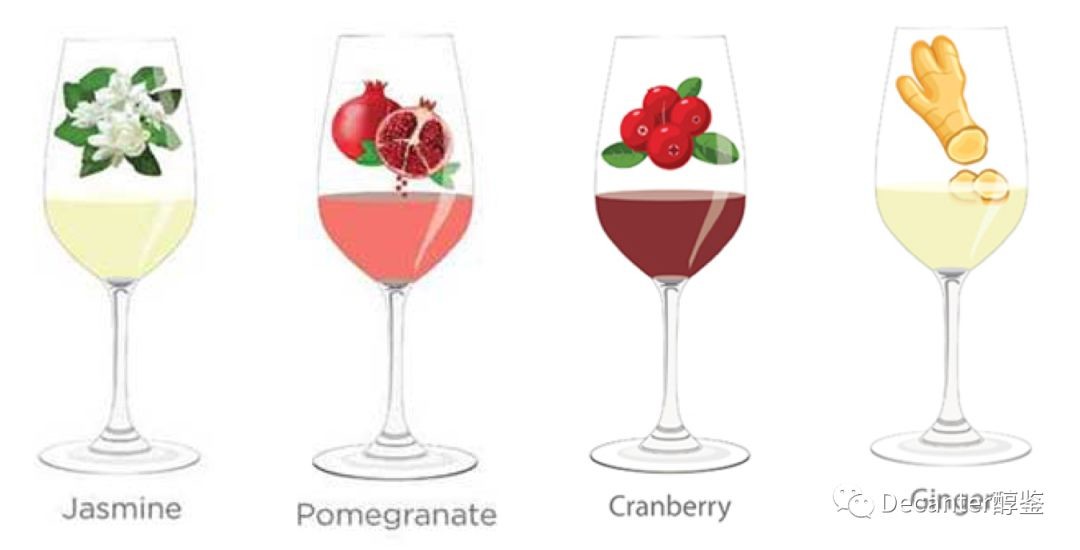
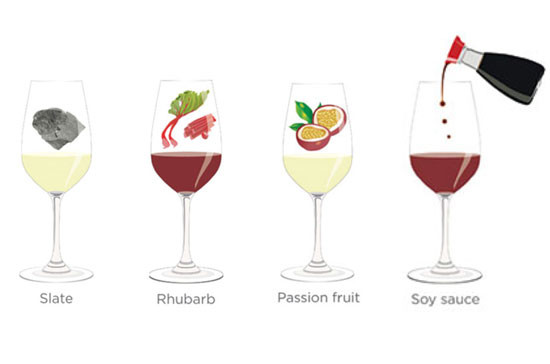
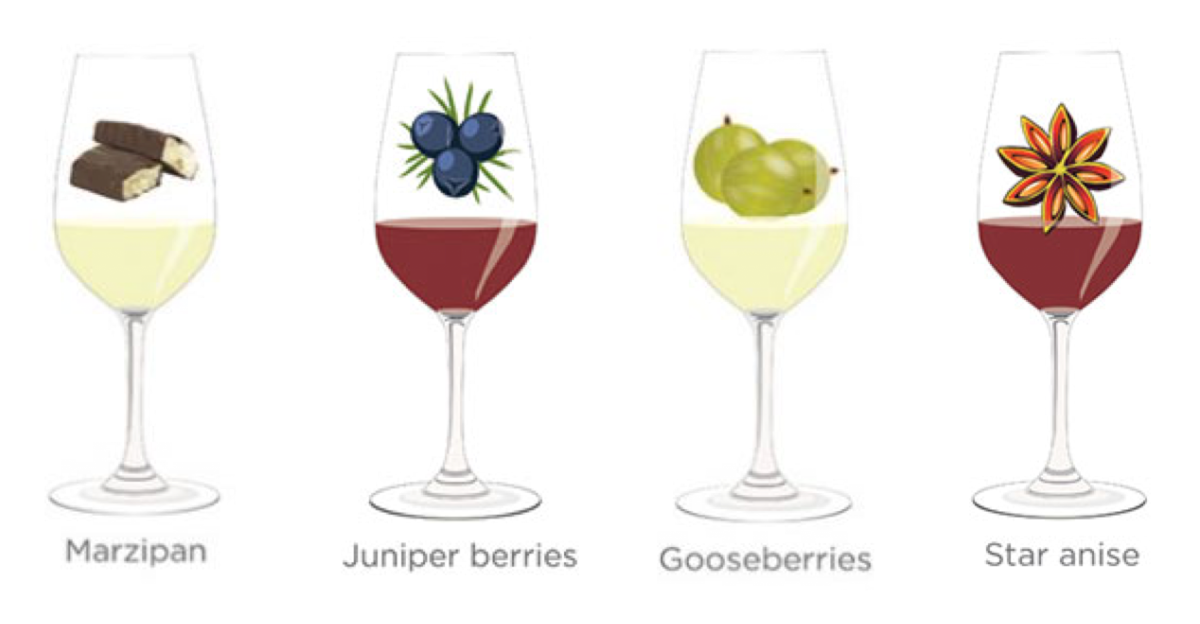
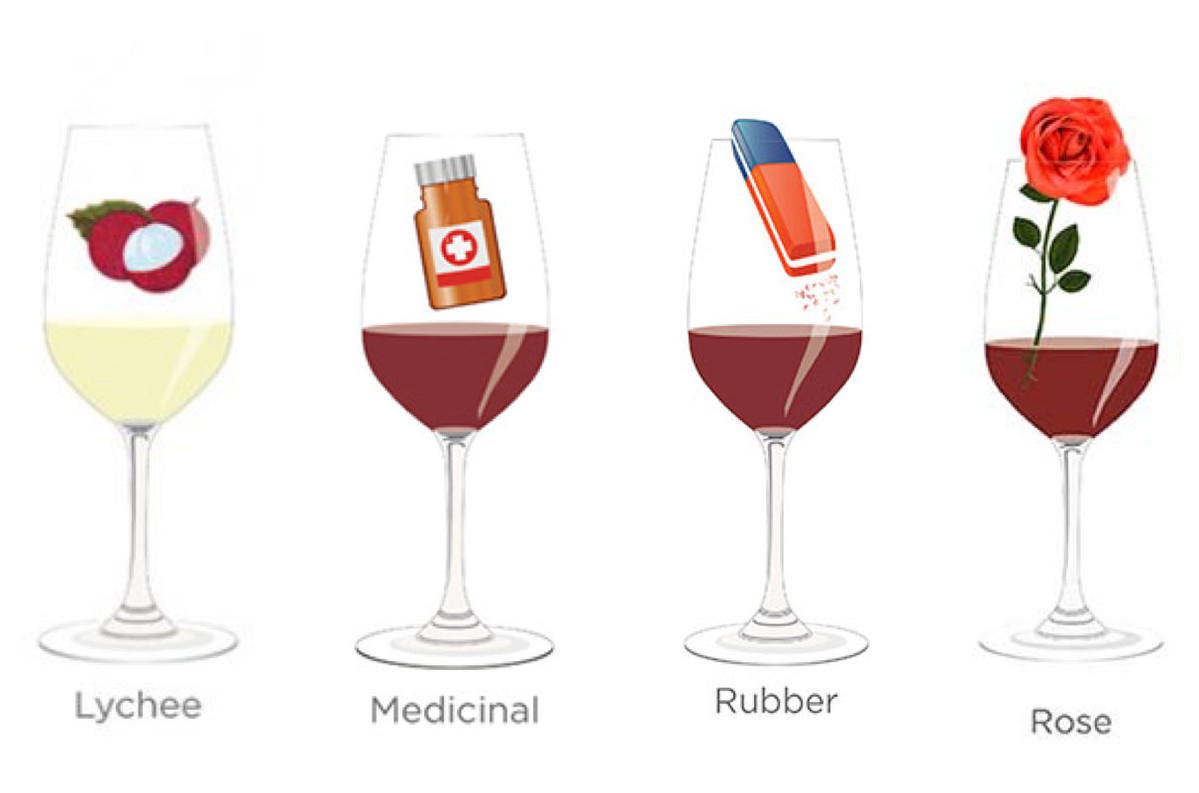
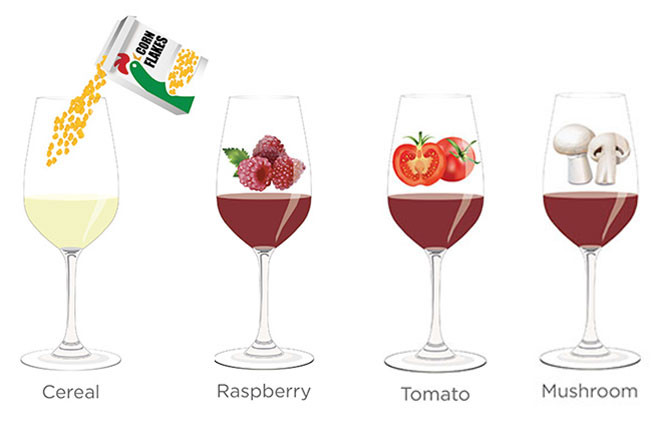
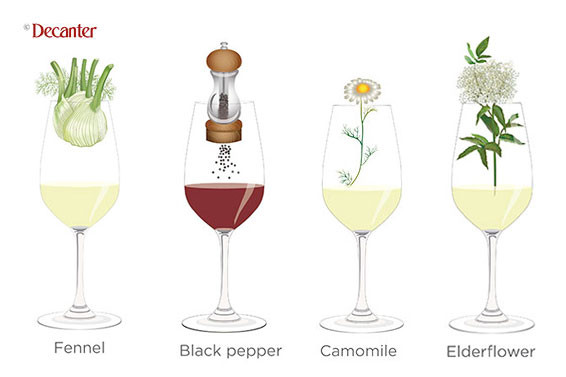
Comments
Submit